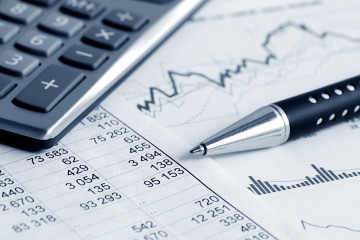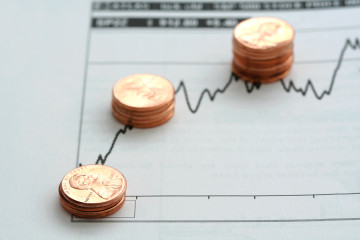BP Leads Oil-Slump Survivors Back to Normality as Earnings Surge

(Bloomberg) —Oil supermajors are getting back to their normal way of life after surviving a price slump that shook the foundations of their business.
BP Plc gave the boldest signal yet that the worst of the downturn was over, announcing on Tuesday that it would buy back shares for the first time in three years. After posting third-quarter earnings that comfortably beat estimates, shares of the London-based company surged to the highest since 2014, joining its closest peer Royal Dutch Shell Plc at a level not seen since the infamous OPEC meeting that triggered price collapse.
“What the buyback signals is we’re back into normality,” BP’s Chief Financial Officer Brian Gilvary said in a phone interview. “We will have to continue to manage the volatility that comes with this market, but we now have a base business that can balance itself at $49 a barrel.”
Brent crude, the international benchmark, rose above $60 a barrel last week for the first time since July 2015 as production cuts by the Organization of Petroleum Exporting Countries and allies including Russia shrink a global oversupply. Results from several of BP’s peers also signaled a return to growth. Total SA reported the highest profit from pumping oil and gas in more than two years, followed by consensus-beating earnings from Chevron Corp. and Exxon Mobil Corp. — with the latter posting a 50 percent jump in net income.
While the outlook for the industry has brightened, the heady, free-spending days of $100 a barrel aren’t likely to return any time soon. The deep cost cuts, mass layoffs and project cancellations that enabled the majors to live a little easier with prices closer to $50 remain in place, clouding the outlook for production growth years from now. Investors still have their doubts, with energy companies the worst performer this year on the MSCI World Index.
Still, BP’s numbers impressed analysts. Adjusted net income doubled from a year earlier, cash generation rose to near the highest since the slump began and net debt dropped for the first time in two years.
“After three years of the downturn, the buyback is signaling the cost structure has adjusted,” said Jason Gammel, a London-based analyst at Jefferies LLC. “Depending on if oil stays at sustainable levels of $50, the industry is out of the worst. It’s a bonus with $60 oil.”
BP will start spending as much as $400 million a quarter to buy back shares issued to partly cover dividend payouts and conserve cash. Norway’s Statoil ASA confirmed will halt its own scrip dividend from the fourth quarter and Total will end the discount it gives to shareholders who take the scrip from next year.
For the moment, an end to share dilution looks to be about as far as the oil majors are willing to go in loosening their purse-strings. BP will not allow annual capital spending to surpass its “hard ceiling” of $17 billion until 2021, Gilvary said. It could even be under $15 billion — $10 billion less than spending in 2013 — if crude drops below $50, he said.
Shell CEO Ben Van Beurden, who will present his company’s third-quarter results on Thursday, has said he’s setting the company up to be profitable with oil prices “lower forever.”
To contact the reporter on this story: Rakteem Katakey in London at rkatakey@bloomberg.net To contact the editors responsible for this story: James Herron at jherron9@bloomberg.net Dylan Griffiths
COPYRIGHT © 2017 Bloomberg L.P







No Comment